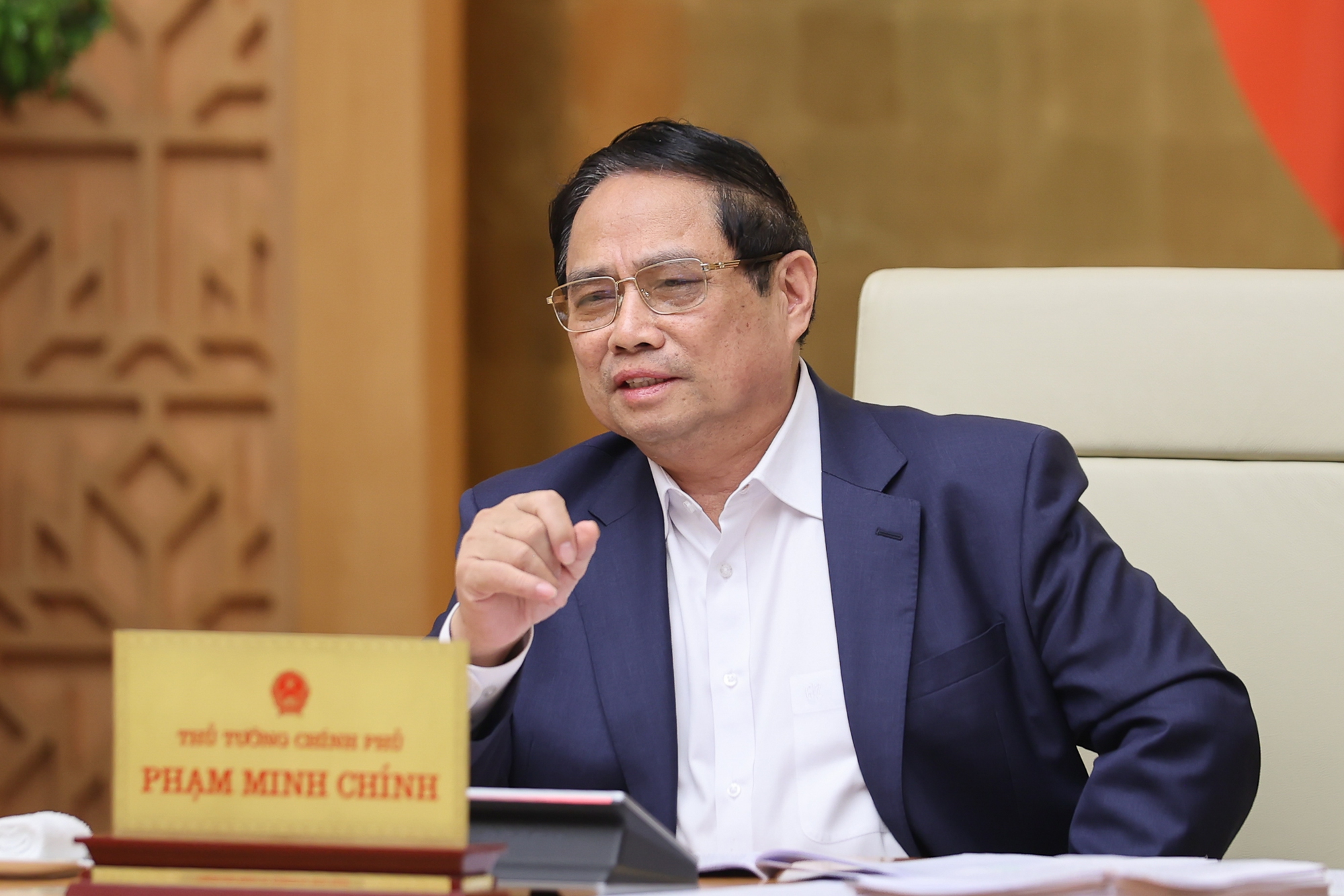Prime Minister Pham Minh Chinh made this request at a government meeting with localities on socio-economic development on 3/7.
He asked the State Bank of Vietnam to promptly remove administrative tools in credit management, specifically the allocation of credit limits to individual banks. Instead, the agency should shift towards market-based management and establish a set of criteria for credit safety control. A report on this is due to the prime minister this month.
The credit quota mechanism has been maintained by the State Bank of Vietnam for the past decade as a tool to control loan quality and serve other macroeconomic objectives such as interest rates, money supply, and inflation. However, this tool has been criticized for creating a petition-based system, sometimes preventing borrowers from accessing credit if banks have exhausted their quotas.
The State Bank is gradually phasing out and moving towards eliminating the allocation of credit growth targets for individual banks. Last year, the governing body removed credit limits for branches of foreign banks. For the remaining credit institutions, they are reviewing to gradually lift these limits.
However, the State Bank is concerned that completely removing the annual credit limit mechanism might lead to a resurgence of competition for deposit and lending rates, potentially increasing bad debts as seen before 2011.
 |
Prime Minister Pham Minh Chinh speaking at a government meeting on 3/7. Photo: VGP |
Prime Minister Pham Minh Chinh speaking at a government meeting on 3/7. Photo: VGP
This year, the government aims for 8% economic growth, paving the way for double-digit growth in the following years. Credit growth in the banking sector is targeted at around 16%, a 0.92 percentage point increase compared to last year's performance. This aims to meet the capital needs of businesses and individuals, contributing to economic growth.
According to State Bank data, as of 26/6, the total outstanding loans of the system reached over 16.9 quadrillion dong. This represents an 8.3% increase compared to the end of last year and an 18.87% increase year-on-year. This is also the highest credit growth rate in two years.
Since the beginning of the year, the State Bank has maintained its operating interest rates, ensuring stability. The current average lending rate is around 6.38% per year, a decrease of approximately 0.6% compared to the end of 2024.
At the meeting, the prime minister also requested the State Bank to ensure a reasonable growth rate (16%). In addition, the agency needs to direct banks to lower lending rates. They are tasked with maintaining stability in the money and foreign exchange markets and submitting Decree 24 amendments regarding gold market management this month.
Beyond the banking sector, to achieve the growth target, the prime minister also requested ministries, branches, and localities to mobilize total social investment, aiming for an 11-12% increase compared to 2024. Agencies must ensure 100% disbursement of public investment capital and build 100,000 social housing units by 31/12.
On 2/7, the Vietnamese and American negotiating delegations agreed on a joint statement on the framework for a reciprocal trade agreement. General Secretary To Lam had a phone call with US President Donald Trump, affirming the Comprehensive Strategic Partnership between the two countries and discussing ways to enhance cooperation in various fields, especially high technology.
The government leader requested ministries and branches to proactively and flexibly adapt to the US's reciprocal tax policy. At the same time, according to the prime minister, Vietnam should consider this an opportunity to restructure, build an independent and self-reliant economy, transform the growth model, diversify markets, and supply chains.
Phuong Dung












